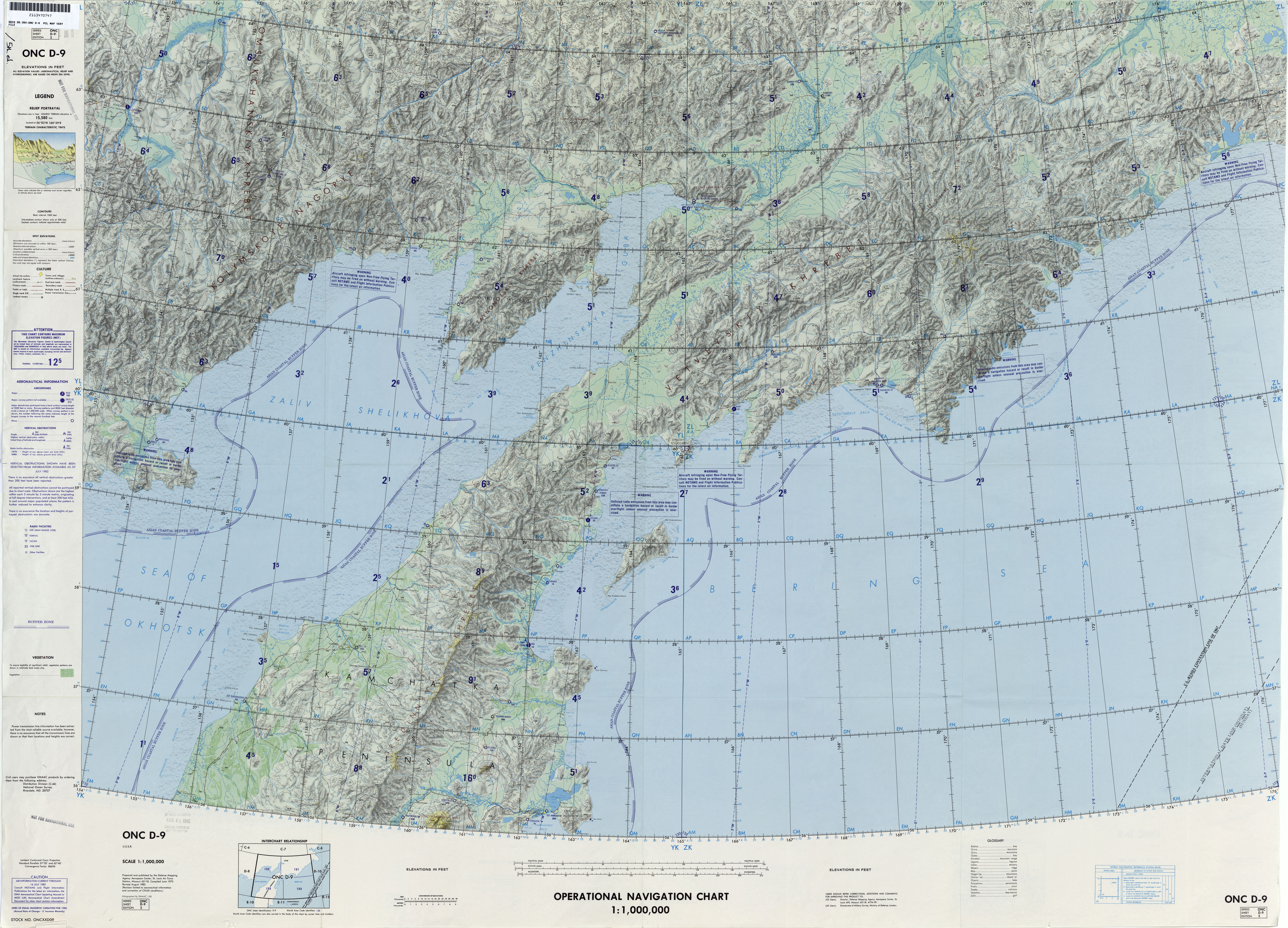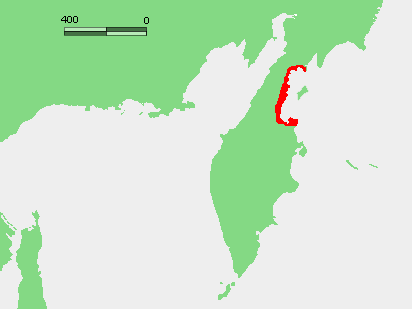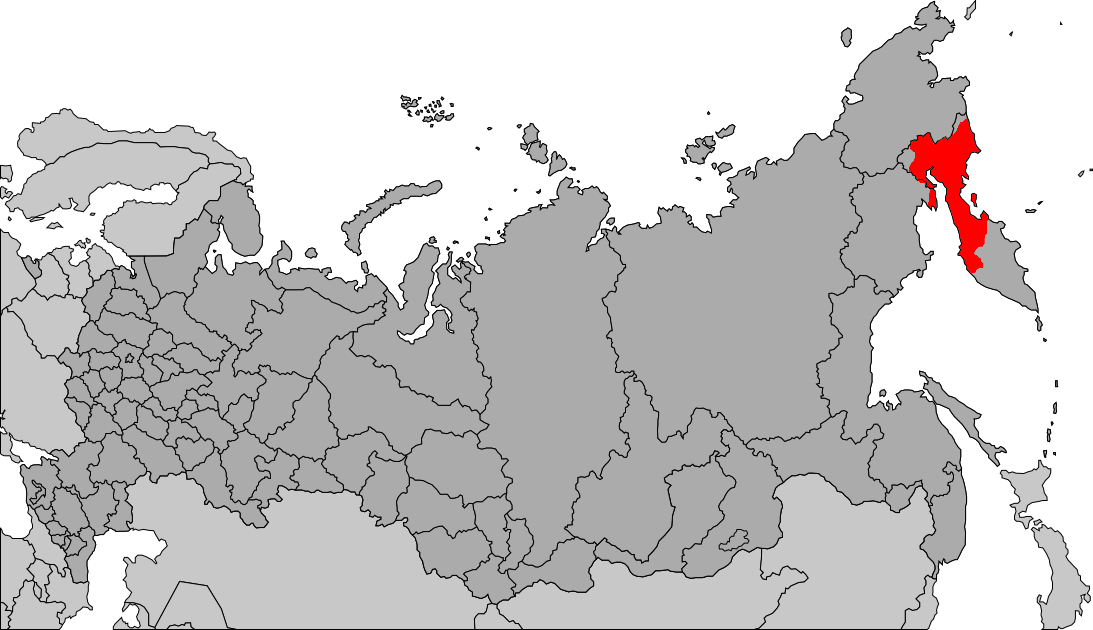|
Karaginsky Island
Karaginsky Island or Karaginskiy Island (russian: Карагинский остров) is an island in the Karaginsky Gulf of the Bering Sea. The -wide strait between the Kamchatka Peninsula and this island is called Litke Strait. Karaginsky Island is a Ramsar site. Even though the island is uninhabited, the Karagin Koryaks have traditionally lived in Karaginskiy Island. Migrant reindeer herders still live in temporary shelters on the island. The island is long and up to wide, with an area of . The highest peak of the island is . Karaginsky Island is covered with tundra vegetation and cedar underwood. In the summer, there are many flowers. north of Karaginsky Island's northern tip lies the small and narrow Verkhoturov Island (Ostrov Verkhoturova). It is long and has an average width of . Administration Administratively, Karaginskiy Island belongs to the Kamchatka Krai of the Russian Federation Russia (, , ), or the Russian Federation, is a List of transcontinenta ... [...More Info...] [...Related Items...] OR: [Wikipedia] [Google] [Baidu] |
Karaginsky Gulf
Karaginsky Gulf (russian: Карагинский залив) is a large gulf in the Bering Sea off the northeastern coast of Kamchatka (Russia), which cuts deep inland. The depth of the gulf is between . The largest island in the gulf is the Karaginsky Island Karaginsky Island or Karaginskiy Island (russian: Карагинский остров) is an island in the Karaginsky Gulf of the Bering Sea. The -wide strait between the Kamchatka Peninsula and this island is called Litke Strait. Karaginsky Isl ..., separated from the mainland by the Litke Strait (width: ). The Karaginsky Gulf is covered with ice from December until June. External links Satellite image from Google Gulfs of Russia Gulfs of the Pacific Ocean Bays of the Bering Sea Bodies of water of the Kamchatka Peninsula Pacific Coast of Russia {{KamchatkaKrai-geo-stub ... [...More Info...] [...Related Items...] OR: [Wikipedia] [Google] [Baidu] |
Koryaks
Koryaks () are an indigenous people of the Russian Far East, who live immediately north of the Kamchatka Peninsula in Kamchatka Krai and inhabit the coastlands of the Bering Sea. The cultural borders of the Koryaks include Tigilsk in the south and the Anadyr basin in the north. The Koryaks are culturally similar to the Chukchis of extreme northeast Siberia. The Koryak language and Alutor (which is often regarded as a dialect of Koryak), are linguistically close to the Chukchi language. All of these languages are members of the Chukotko-Kamchatkan language family. They are more distantly related to the Itelmens on the Kamchatka Peninsula. All of these peoples and other, unrelated minorities in and around Kamchatka are known collectively as Kamchadals. Neighbors of the Koryaks include the Evens to the west, the Alutor to the south (on the isthmus of Kamchatka Peninsula), the Kerek to the east, and the Chukchi to the northeast. The Koryak are typically split into two groups ... [...More Info...] [...Related Items...] OR: [Wikipedia] [Google] [Baidu] |
Islands Of Kamchatka Krai
An island (or isle) is an isolated piece of habitat that is surrounded by a dramatically different habitat, such as water. Very small islands such as emergent land features on atolls can be called islets, skerries, cays or keys. An island in a river or a lake island may be called an eyot or ait, and a small island off the coast may be called a holm. Sedimentary islands in the Ganges delta are called chars. A grouping of geographically or geologically related islands, such as the Philippines, is referred to as an archipelago. There are two main types of islands in the sea: continental and oceanic. There are also artificial islands, which are man-made. Etymology The word ''island'' derives from Middle English ''iland'', from Old English ''igland'' (from ''ig'' or ''ieg'', similarly meaning 'island' when used independently, and -land carrying its contemporary meaning; cf. Dutch ''eiland'' ("island"), German ''Eiland'' ("small island")). However, the spelling of the word ... [...More Info...] [...Related Items...] OR: [Wikipedia] [Google] [Baidu] |
Islands Of The Bering Sea
An island (or isle) is an isolated piece of habitat that is surrounded by a dramatically different habitat, such as water. Very small islands such as emergent land features on atolls can be called islets, skerry, skerries, cays or keys. An river island, island in a river or a lake island may be called an ait, eyot or ait, and a small island off the coast may be called a holm (island), holm. Sedimentary islands in the Ganges delta are called List of islands of Bangladesh, chars. A grouping of geographically or geologically related islands, such as the Philippines, is referred to as an archipelago. There are two main types of islands in the sea: continental and oceanic. There are also artificial islands, which are man-made. Etymology The word ''island'' derives from Middle English ''iland'', from Old English ''igland'' (from ''ig'' or ''ieg'', similarly meaning 'island' when used independently, and -land carrying its contemporary meaning; cf. Dutch language, Dutch ''eiland'' ... [...More Info...] [...Related Items...] OR: [Wikipedia] [Google] [Baidu] |
Russian Federation
Russia (, , ), or the Russian Federation, is a List of transcontinental countries, transcontinental country spanning Eastern Europe and North Asia, Northern Asia. It is the List of countries and dependencies by area, largest country in the world, with its internationally recognised territory covering , and encompassing one-eighth of Earth's inhabitable landmass. Russia extends across Time in Russia, eleven time zones and shares Borders of Russia, land boundaries with fourteen countries, more than List of countries and territories by land borders, any other country but China. It is the List of countries and dependencies by population, world's ninth-most populous country and List of European countries by population, Europe's most populous country, with a population of 146 million people. The country's capital and List of cities and towns in Russia by population, largest city is Moscow, the List of European cities by population within city limits, largest city entirely within E ... [...More Info...] [...Related Items...] OR: [Wikipedia] [Google] [Baidu] |
Cedar Wood
Cedar is part of the English common name of many trees and other plants, particularly those of the genus ''Cedrus''. Some botanical authorities consider the Old-World ''Cedrus'' the only "true cedars". Many other species worldwide with similarly aromatic wood, including several species of genera ''Calocedrus'', ''Thuja'', and '' Chamaecyparis'' in the Pacific Northwest of North America, are referred to as "false cedars". Plants called "cedar" include: Family Pinaceae *''Cedrus'', common English name cedar, a genus of coniferous trees in the plant family Pinaceae **Lebanon cedar, ''Cedrus libani'', a cedar native to Lebanon, western Syria and south-central Turkey **Atlas cedar, ''Cedrus atlantica'', a cedar native to the Atlas Mountains of Morocco and Algeria **Deodar cedar, ''Cedrus deodara'', a cedar native to the western Himalayas ** Cyprus cedar, ''Cedrus brevifolia'', found in the island of Cyprus's Cedar Valley in the Troodos Mountains *Siberian pine (''Pinus sibirica'' ... [...More Info...] [...Related Items...] OR: [Wikipedia] [Google] [Baidu] |
Tundra
In physical geography, tundra () is a type of biome where tree growth is hindered by frigid temperatures and short growing seasons. The term ''tundra'' comes through Russian (') from the Kildin Sámi word (') meaning "uplands", "treeless mountain tract". There are three regions and associated types of tundra: Arctic tundra, alpine tundra, and Antarctic tundra. Tundra vegetation is composed of dwarf shrubs, sedges, grasses, mosses, and lichens. Scattered trees grow in some tundra regions. The ecotone (or ecological boundary region) between the tundra and the forest is known as the tree line or timberline. The tundra soil is rich in nitrogen and phosphorus. The soil also contains large amounts of biomass and decomposed biomass that has been stored as methane and carbon dioxide in the permafrost, making the tundra soil a carbon sink. As global warming heats the ecosystem and causes soil thawing, the permafrost carbon cycle accelerates and releases much of these soil-contained g ... [...More Info...] [...Related Items...] OR: [Wikipedia] [Google] [Baidu] |
Reindeer
Reindeer (in North American English, known as caribou if wild and ''reindeer'' if domesticated) are deer in the genus ''Rangifer''. For the last few decades, reindeer were assigned to one species, ''Rangifer tarandus'', with about 10 subspecies. A 2022 revision of the genus elevated five of the subspecies to species (see Taxonomy below). They have a circumpolar distribution and are native to the Arctic, sub-Arctic, tundra, boreal forest, and mountainous regions of northern Europe, Siberia, and North America. Reindeer occur in both migratory and sedentary populations, and their herd sizes vary greatly in different regions. The tundra subspecies are adapted for extreme cold, and some are adapted for long-distance migration. Reindeer vary greatly in size and color from the smallest species, the Svalbard reindeer (''R. t. platyrhynchus''), to the largest subspecies, Osborn's caribou (''R. t. osborni''). Although reindeer are quite numerous, some species and subspecies are in d ... [...More Info...] [...Related Items...] OR: [Wikipedia] [Google] [Baidu] |
Operational Navigation Chart D-9, 5th Edition
An operational definition specifies concrete, replicable procedures designed to represent a construct. In the words of American psychologist S.S. Stevens (1935), "An operation is the performance which we execute in order to make known a concept." For example, an operational definition of "fear" (the construct) often includes measurable physiologic responses that occur in response to a perceived threat. Thus, "fear" might be operationally defined as specified changes in heart rate, galvanic skin response, pupil dilation, and blood pressure. Overview An operational definition is designed to model or represent a concept or theoretical definition, also known as a construct. Scientists should describe the operations (procedures, actions, or processes) that define the concept with enough specificity such that other investigators can replicate their research. Operational definitions are also used to define system states in terms of a specific, publicly accessible process of preparation ... [...More Info...] [...Related Items...] OR: [Wikipedia] [Google] [Baidu] |
Bering Sea
The Bering Sea (, ; rus, Бе́рингово мо́ре, r=Béringovo móre) is a marginal sea of the Northern Pacific Ocean. It forms, along with the Bering Strait, the divide between the two largest landmasses on Earth: Eurasia and The Americas. It comprises a deep water basin, which then rises through a narrow slope into the shallower water above the continental shelf, continental shelves. The Bering Sea is named for Vitus Bering, a Denmark, Danish navigator in Russian service, who, in 1728, was the first European to systematically explore it, sailing from the Pacific Ocean northward to the Arctic Ocean. The Bering Sea is separated from the Gulf of Alaska by the Alaska Peninsula. It covers over and is bordered on the east and northeast by Alaska, on the west by the Russian Far East and the Kamchatka Peninsula, on the south by the Alaska Peninsula and the Aleutian Islands and on the far north by the Bering Strait, which connects the Bering Sea to the Arctic Ocean's Chukchi ... [...More Info...] [...Related Items...] OR: [Wikipedia] [Google] [Baidu] |
Ramsar Site
A Ramsar site is a wetland site designated to be of international importance under the Ramsar Convention,8 ha (O) *** Permanent 8 ha (P) *** Seasonal Intermittent < 8 ha(Ts) ** es on inorganic soils: *** Permanent (herb dominated) (Tp) *** Permanent / Seasonal / Intermittent (shrub dominated)(W) *** Permanent / Seasonal / Intermittent (tree dominated) (Xf) *** Seasonal/intermittent (herb dominated) (Ts) ** Marshes on soils: *** Permanent (non-forested)(U) *** Permanent (forested)(Xp) ** Marshes on inorganic or peat soils: *** Marshes on inorganic or peat soils / High altitude (alpine) (Va) *** Marshes on inorganic or peat soils / Tundra (Vt) * Saline, |
Litke Strait
Litke Strait (, ''Proliv Litke'') is a strait in the Karaginsky Gulf in the Bering Sea, located off the northeastern coast of the Kamchatka Peninsula, in Kamchatka Krai of the Russian Far East. It separates the Karaginsky Island from the peninsula's mainland. The strait is named after explorer Fyodor Petrovich Litke Fyodor, Fedor (russian: Фёдор) or Feodor is the Russian form of the name "Theodore" meaning “God’s Gift”. Fedora () is the feminine form. Fyodor and Fedor are two English transliterations of the same Russian name. It may refer to: Giv .... References Straits of Russia Straits of the Pacific Ocean Bodies of water of the Kamchatka Peninsula Bodies of water of the Bering Sea {{KamchatkaKrai-geo-stub ... [...More Info...] [...Related Items...] OR: [Wikipedia] [Google] [Baidu] |







